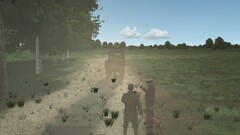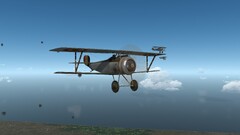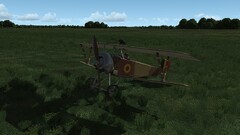- 0 replies
- 1,198 views
- Add Reply
- 0 replies
- 821 views
- Add Reply
- 2 replies
- 1,242 views
- Add Reply
- 0 replies
- 1,234 views
- Add Reply
- 0 replies
- 1,505 views
- Add Reply
- 0 replies
- 1,560 views
- Add Reply
Il2 Update 5.003 released "C-47, StuG III Ausf. G"

By 76.IAP-Blackbird,
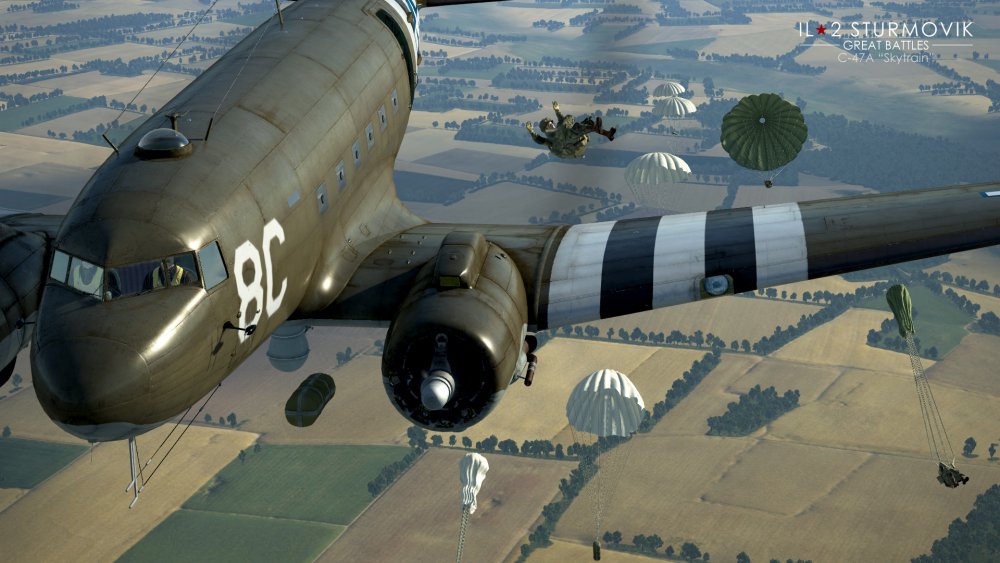

Update 5.003
Dear Friends,
Our team has finished the development of the new update 5.003, and it is released. This time we will launch three new pieces of new content at once.
The first object is the C-47 "Skytrain" we have talked about in Dev Blog #331. This big guy has been developed together with Yugra Media company which created the 3D model of the cockpit and updated the external model of this aircraft. It wasn't easy, but this plane is interesting to become familiar wi
Il2 1CGS pics "StuG"

By 76.IAP-Blackbird,
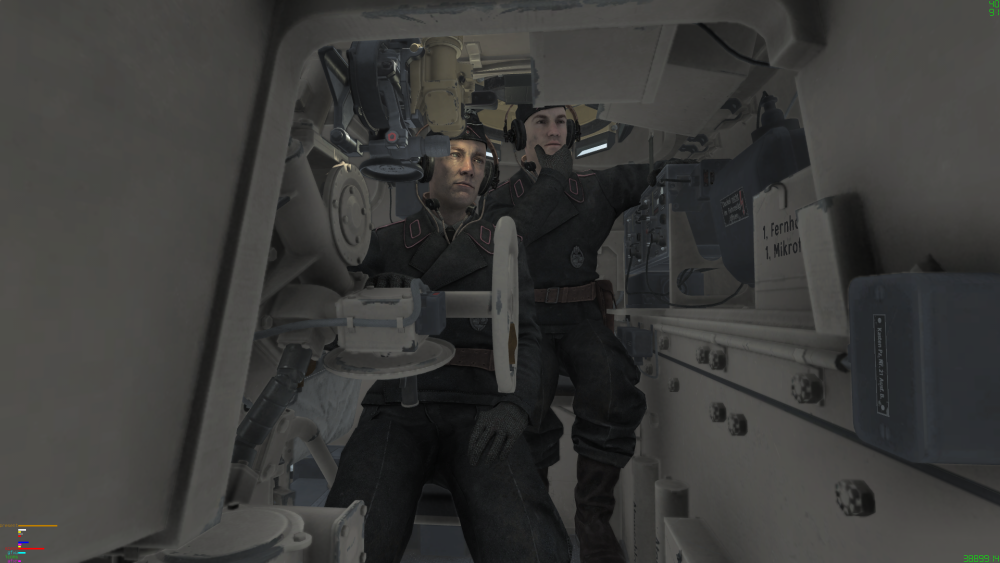

Here are some interior shots from the soon to be released StuG. The exterior is still in final prep and not ready for presentation yet.
As soon as they are, I will post them as well.
Il2 DD Update Dev Blog 333 "StuG"

By 76.IAP-Blackbird,


Dear Friends,
Very soon - next week - we'll publish the next update that is planned to bring (provided no critical problems are found during the beta testing) the long-awaited StuG III and C-47A, AND the WIP Western Front Spring 1918 map (!). We have told about the legendary Skytrain in one of our previous Dev Blogs, so today's star is StuG.III Ausf.G.
There were many StuG.III self-propelled guns produced during the war, more than 9000 units spanning around 10 modifications. The
Il2 1CGS pics "Fw-190D9"

By 76.IAP-Blackbird,
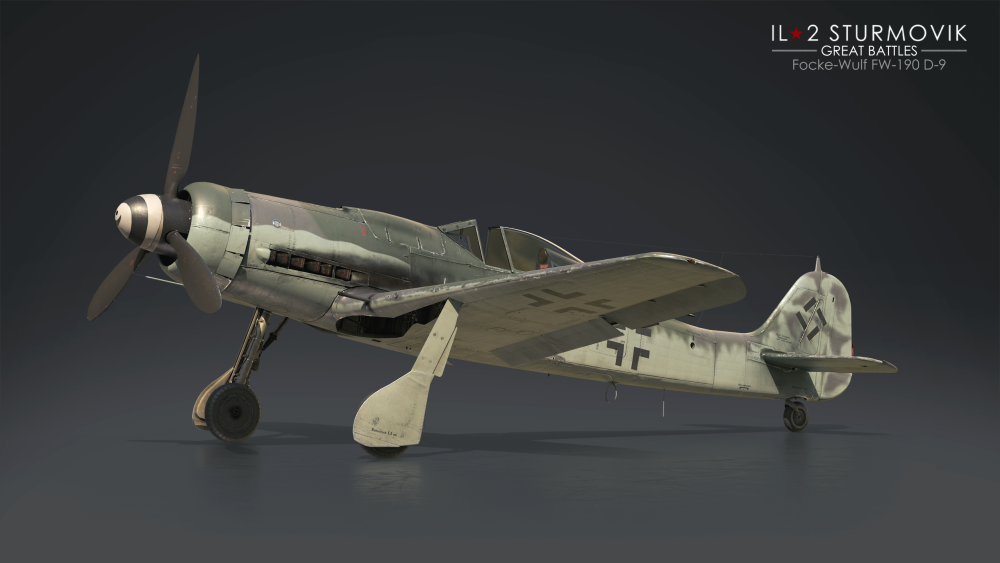

Hello Gentleman,
Good Day and I hope you enjoy your time. 1C is under a new CEO and on the 9th November we will learn more about the direction the company will go in the future.
Until then, let me show you some nice render of the ingame models for the Great Battle Series. There will be more to show in the future and I hope you guys will like it.
You can discuss it here and enjoy the bright future of this Series.
Wish you fun and always enough air under your wings.
Berst reg
Il2 DD Update Dev Blog 331 "C-47A"

By 76.IAP-Blackbird,
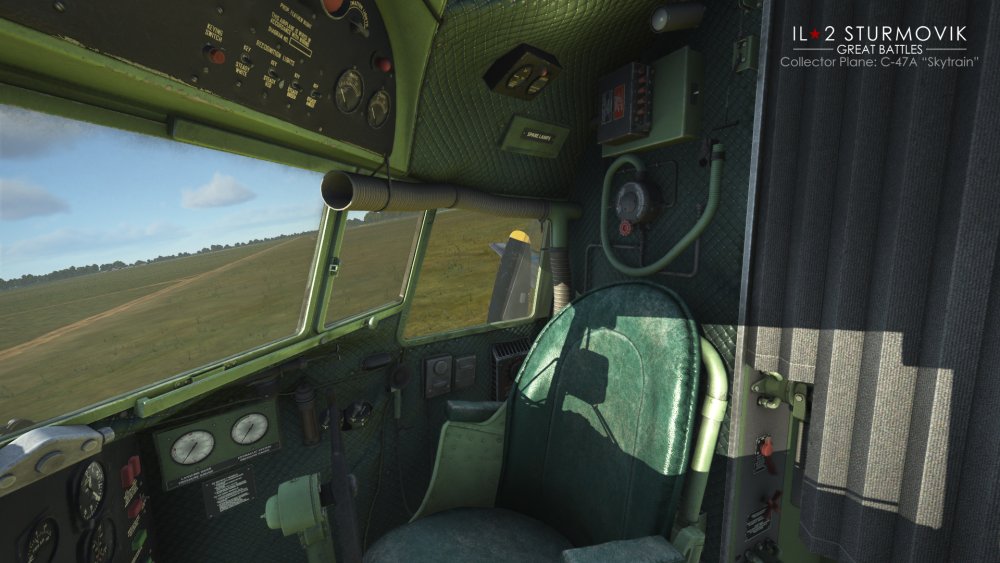

Dear Friends,
Today we'll tell you about the development progress on two other Collector Planes. The first one of them is the C-47A Skytrain. C-47A was a military modification of the civil passenger aircraft DC-3 that had the reinforced floor and large door on the left side for cargo and different radio equipment. The cargo/passenger cabin windows had gun ports for small arms firing. The Skytrain name was used in the US, British called it Dakota, while in USSR it was known as Douglas. Li-2
DCS News November 2022

By MigBuster,
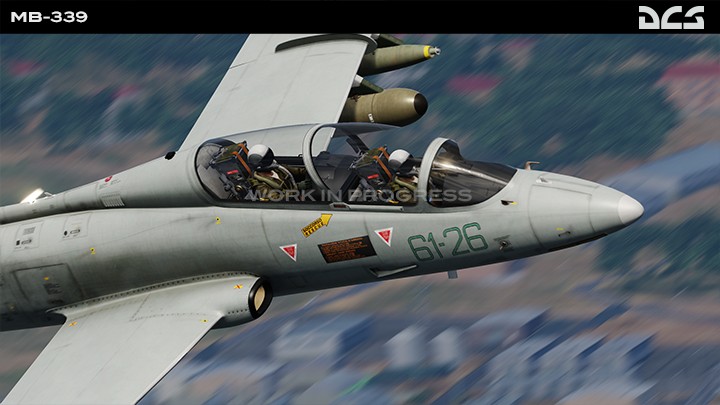

Welcome to the DCS Halloween 2022 Sale! Enjoy huge discounts across most of the aircraft, maps and campaigns on our eShop now! This super sale will start on the 28th of October and will last until the 6th of November exclusively on our e-shop and offers 50% discount on most of our modules with 30% off DCS: Supercarrier, F/A-18C Hornet, and F-16C Viper as well as 25% off DCS: F-14 Tomcat! Please check out our DCS Halloween 2022 Sale video!
At last we are delighted to inform you t


